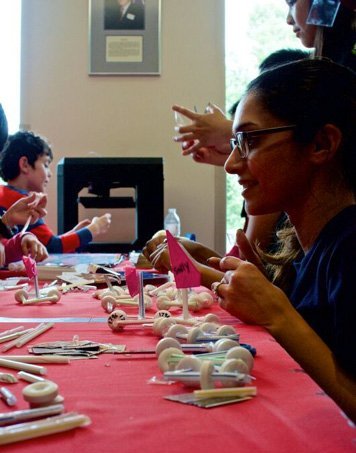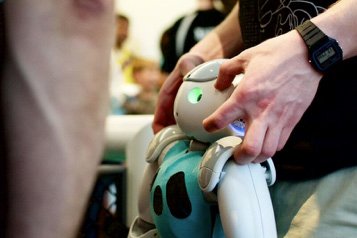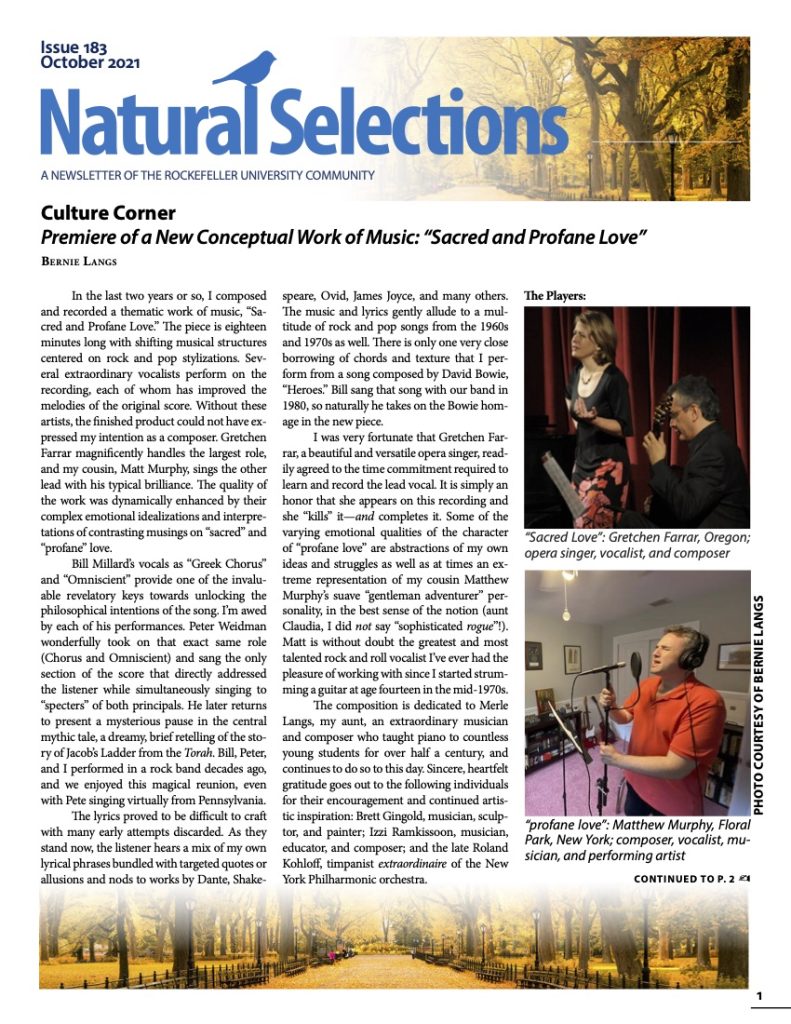Johannes Buheitel

“Cool” and “Awesome” are just two of many joyous exclamations I hear while I am trying to squeeze through the crowd of children, parents and other interested individuals filling up the NYU Kimmel Center to the brim. On Sunday, June 5, citizens from all boroughs came to Washington Square Park to engage in “Street Science,” a free educational experience, which concluded the World Science Festival hosted by NYU during the preceding week. The helpers and organizers were positively surprised by the huge interest in the event despite that it had to be relocated indoors due to an unfavorable weather forecast. At countless stations, helpers from NYU and other institutes inside and outside of the city demonstrated exciting experiments, interesting natural phenomena and brainteasing mathematical conundrums among other things designed to bridge the gap between STEM (Science, Technology, Engineering and Mathematics) disciplines/topics and the (mostly) young audience.


Even though the excitement and the light-hearted nature of events like “Street Science” is sincere, the apparent need for such events does highlight current issues in STEM education in the United States. According to the 2012 report of the President’s Council of Advisors on Science and Technology (PCAST), which is rather fittingly titled “Engage to Excel,” the US is facing a shortage of up to one million STEM professionals by the end of 2018. The country has a history of relying on foreign professionals to satisfy those work-force demands. Increasing education and job opportunities in the foreign job markets pose serious threats for the domestic STEM job sector and, ultimately, the US economy. Therefore, in their report for President Obama, the experts from PCAST (whose roster reads like a Who’s Who of science and technology, and includes minds such as Eric Lander of the Broad Institute of MIT and Harvard, as well as Google’s Eric Schmidt) make it clear that in order to close one gap, one has to close another. Specifically, in order to produce enough STEM graduates, the younger generation of today (including K-12 and college students) must be engaged early and made aware of the wonders of science and technology, and the importance of STEM issues for our everyday lives. Public science education events like “Street Science” but also the rising number of afterschool STEM programs, are practical steps in the right direction, but it will require continuous effort from both the public and the private sectors to keep STEM careers looking “Cool” and “Awesome” in the eyes of the bright minds of tomorrow.



